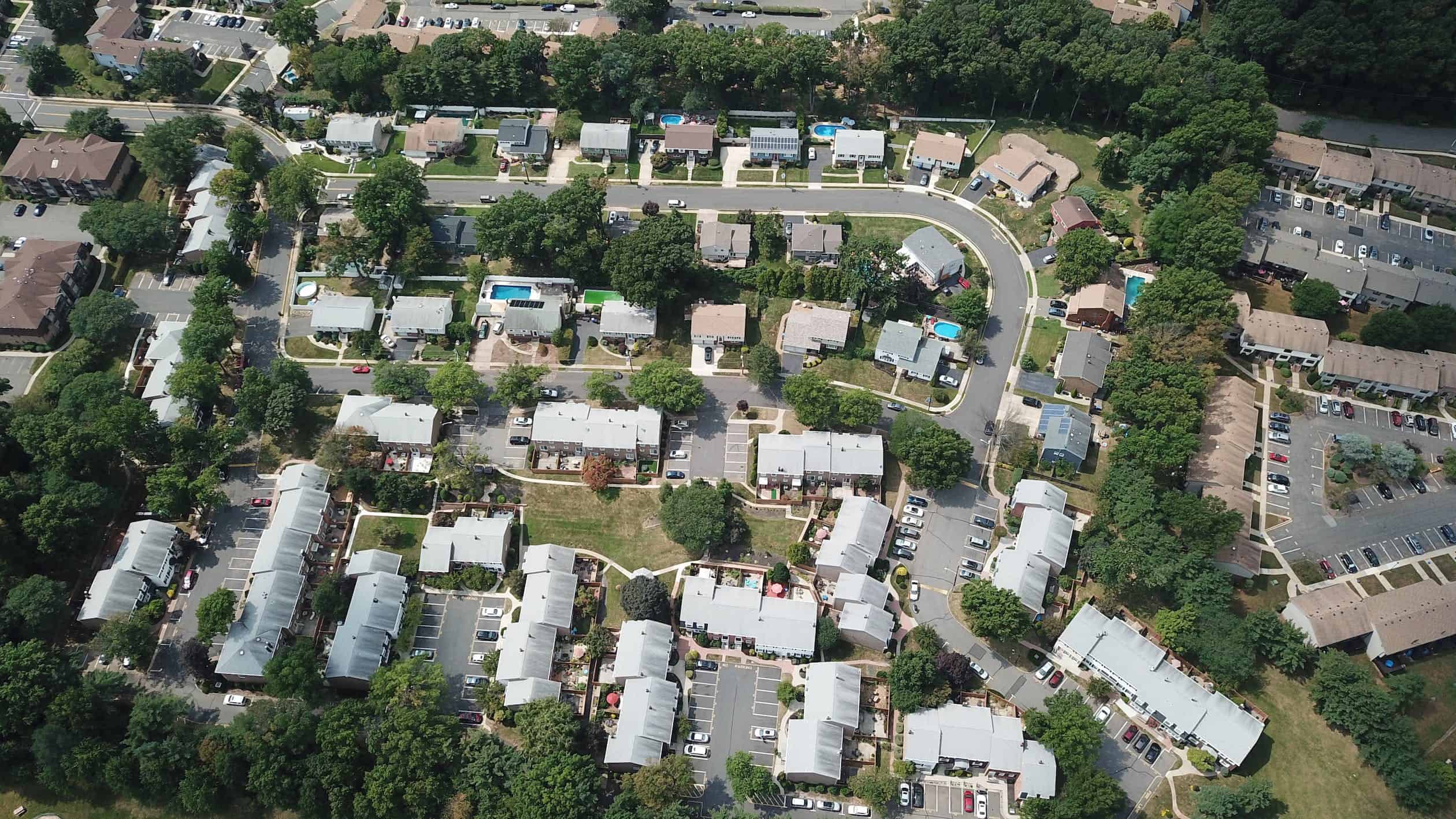Massive house price spike expected in southern Ontario this year
Published April 12, 2024 at 4:58 pm

A new report might dampen the hopes of some prospective homebuyers that significant relief is imminent, as house prices in the Greater Toronto Area are projected to rise 10 per cent by the end of the year, surpassing the sky-high prices Vancouver has become known for.
The report, released by real estate brokerage Royal LePage, says aggregate home prices in both the greater Toronto and Montreal areas are expected to increase significantly, with the GTA slated to see the most dramatic rise of any region in Canada.
By the year’s end, the GTA’s aggregate home price could be $1,235,630.
According to the report, the aggregate home price in the GTA rose over five percent year over year to hit $1,177,700 in the first quarter of 2024. Detached homes in the region are the most costly, with a median price of $1,454,800–an almost four percent rise from the first quarter of 2023. Condo prices are also increasing, with a median price point of $733,600–a 3.7 percent rise.
Some of the most expensive markets in the GTA for single-family detached homes as of the first quarter of 2024 are Ajax ($1,248,400), Brampton ($1,231,900), Burlington ($1,442,500), Markham ($1,704,400), Milton ($1,285,900), Mississauga ($1,498,600), Oakville ($1,880,100), Pickering ($1,176,300), Richmond Hill ($1,745,200), Toronto ($1,706,300) and Vaughan ($1,741,800).
The report says the market, while not as white-hot as it was at the height of the pandemic, is getting busier as people adjust to interest rate hikes.
“The first three months of the year were busier than expected in Toronto and the surrounding regions. Warm winter weather and the anticipation of tight competition once the Bank of Canada reverses course on part of its steep interest rate hike campaign have prompted some buyers who had been sidelined last year to re-enter the market with a renewed sense of purpose,” said Karen Yolevski, chief operating officer, Royal LePage, in the report.
“The good news is buyers are acting with their heads, not just their hearts. They have no choice, since elevated borrowing costs and tight lending restrictions are limiting their buying power. Even in multiple-offer scenarios, which we are starting to see a lot more of, homes are selling for market value. This is a vastly different environment than the supercharged markets of 2020 and 2021.”
In the report, Yolevski said that Royal LePage isn’t surprised by the activity in the GTA market.
“We should see a seasonal pick-up in spring market activity and an even busier fall, if these trends continue. Since the start of the year, average days on market have been steadily decreasing and we’re starting to see an uptick in new listings, which are desperately needed,” she said in the report.
“Major banks began modestly reducing lending rates late last year, offering a bit of breathing room for buyers looking to transact at a lower interest rate before prices increased too much. That window, especially for first-time buyers, is quickly closing.”
The report says prices will rise across the country, with the aggregate price expected to climb nine per cent year over year.
According to the report, the national median price of a single-family detached home hit $845,300 in the first quarter of the year, while the median price of a condominium increased 3.5 per cent annually to $591,900.
As Canada grapples with increased immigration, its chronic inventory shortage could become more problematic.
“While real estate boards across the country are reporting a boost in listings, which is typical as we head into the spring market rush, just about every region from coast to coast remains chronically short of housing supply,” said Phil Soper, president and CEO of Royal LePage, in the report.
“While we expect that interest rate decreases will draw more buyers back into the ring, this will not be the primary driver of rising home prices – it is the severe shortage of housing in markets small and large in virtually every part of the country that remains the main culprit.”
INsauga's Editorial Standards and Policies








